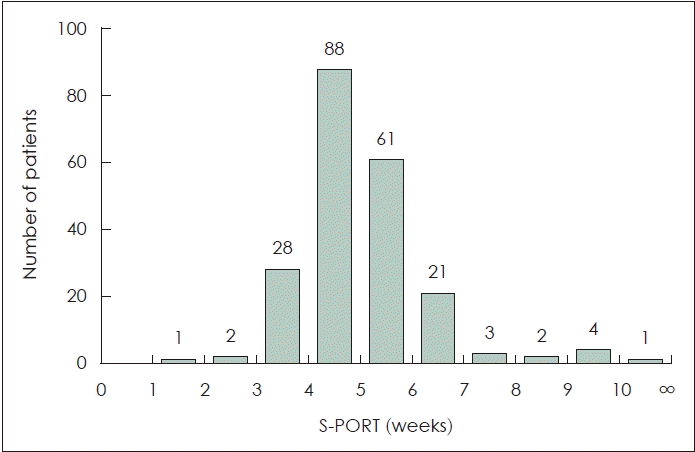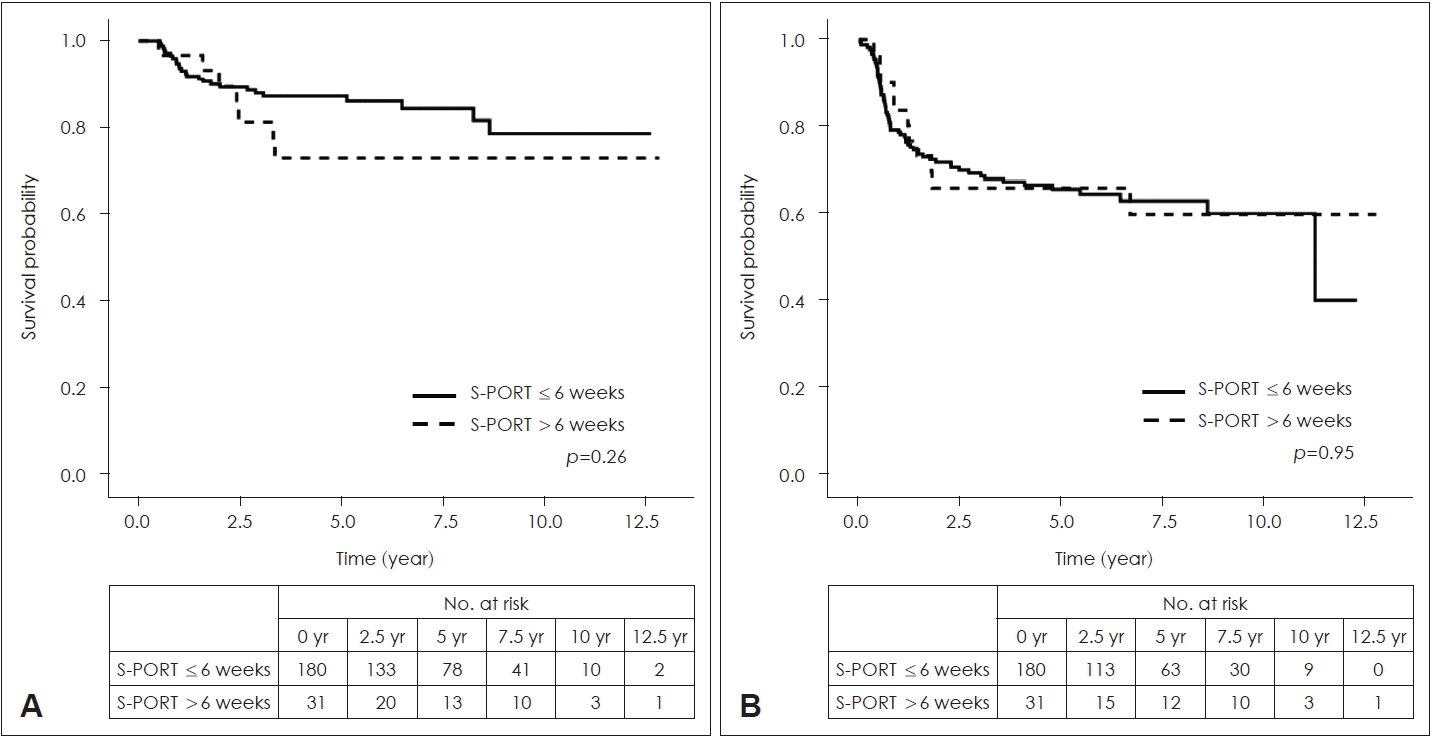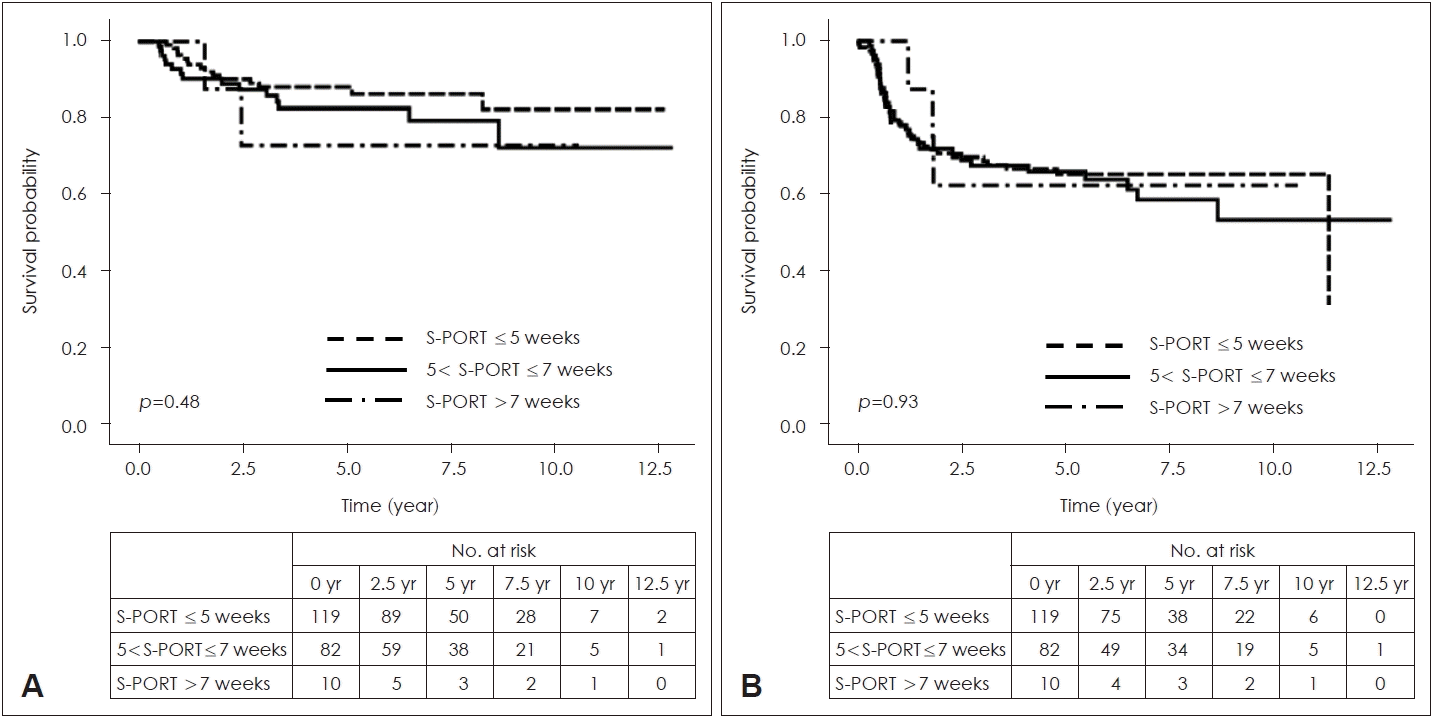1. Institute of Medicine (US) Committee on Quality of Health Care in America. Crossing the quality chasm: a new health system for the 21st century. Washington, DC: National Academies Press;2001.
2. Bolwell BJ, Khorana AA. Enhancing value for patients with cancer: Time to treatment as a surrogate for integrated cancer care. J Natl Compr Canc Netw. 2016; 14(1):115–6.

3. National Comprehensive Cancer Network. Head and Neck Cancers [online] [cited 2022 Nov 10]. Available from:
http://www.nccn.org/.
4. Huang J, Barbera L, Brouwers M, Browman G, Mackillop WJ. Does delay in starting treatment affect the outcomes of radiotherapy? A systematic review. J Clin Oncol. 2003; 21(3):555–63.

5. Rosenthal DI, Liu L, Lee JH, Vapiwala N, Chalian AA, Weinstein GS, et al. Importance of the treatment package time in surgery and postoperative radiation therapy for squamous carcinoma of the head and neck. Head Neck. 2002; 24(2):115–26.

6. Marshak G, Rakowsky E, Schachter J, Shvero J, Feinmesser R, Sulkes A, et al. Is the delay in starting postoperative radiotherapy a key factor in the outcome of advanced (T3 and T4) laryngeal cancer? Otolaryngol Head Neck Surg. 2004; 131(4):489–93.

7. Fujiwara RJ, Judson BL, Yarbrough WG, Husain Z, Mehra S. Treatment delays in oral cavity squamous cell carcinoma and association with survival. Head Neck. 2017; 39(4):639–46.

8. Franco R, de Matos LL, Kulcsar MAV, de Castro-Júnior G, Marta GN. Influence of time between surgery and postoperative radiation therapy and total treatment time in locoregional control of patients with head and neck cancer: A single center experience. Clinics (Sao Paulo). 2020; 75:e1615.

9. Ho AS, Kim S, Tighiouart M, Mita A, Scher KS, Epstein JB, et al. Quantitative survival impact of composite treatment delays in head and neck cancer. Cancer. 2018; 124(15):3154–62.

10. Marshak G, Popovtzer A. Is there any significant reduction of patients’ outcome following delay in commencing postoperative radiotherapy? Curr Opin Otolaryngol Head Neck Surg. 2006; 14(2):82–4.
11. Schiff PB, Harrison LB, Strong EW, Fass DE, Shah JP, Spiro R, et al. Impact of the time interval between surgery and postoperative radiation therapy on locoregional control in advanced head and neck cancer. J Surg Oncol. 1990; 43(4):203–8.

12. Bastit L, Blot E, Debourdeau P, Menard J, Bastit P, Le Fur R. Influence of the delay of adjuvant postoperative radiation therapy on relapse and survival in oropharyngeal and hypopharyngeal cancers. Int J Radiat Oncol Biol Phys. 2001; 49(1):139–46.

13. Suwinski R, Sowa A, Rutkowski T, Wydmanski J, Tarnawski R, Maciejewski B. Time factor in postoperative radiotherapy: A multivariate locoregional control analysis in 868 patients. Int J Radiat Oncol Biol Phys. 2003; 56(2):399–412.

14. Tumati V, Hoang L, Sumer BD, Truelson JM, Myers LL, Khan S, et al. Association between treatment delays and oncologic outcome in patients treated with surgery and radiotherapy for head and neck cancer. Head Neck. 2019; 41(2):315–21.

15. Romine PE, Voutsinas J, Wu V, Tratt M, Liao J, Parvathaneni U, et al. Timing of postoperative radiation therapy and survival in resected salivary gland cancers: Long-term results from a single institution. Oral Oncol. 2021; 123:105626.

16. Liederbach E, Lewis CM, Wang CH, Shaikh A, Bhavani MK. Impact of delays to adjuvant radiation therapy on survival in squamous cell carcinoma of the oral cavity and oropharynx. Oncology (Williston Park). 2015; 29(4 Suppl 1):204937.
17. Shaikh T, Handorf EA, Murphy CT, Mehra R, Ridge JA, Galloway TJ. The impact of radiation treatment time on survival in patients with head and neck cancer. Int J Radiat Oncol Biol Phys. 2016; 96(5):967–75.

18. Guttmann DM, Kobie J, Grover S, Lin A, Lukens JN, Mitra N, et al. National disparities in treatment package time for resected locally advanced head and neck cancer and impact on overall survival. Head Neck. 2018; 40(6):1147–55.

19. Chen MM, Harris JP, Orosco RK, Sirjani D, Hara W, Divi V. Association of time between surgery and adjuvant therapy with survival in oral cavity cancer. Otolaryngol Head Neck Surg. 2018; 158(6):1051–6.

20. Liao DZ, Schlecht NF, Rosenblatt G, Kinkhabwala CM, Leonard JA, Ference RS, et al. Association of delayed time to treatment initiation with overall survival and recurrence among patients with head and neck squamous cell carcinoma in an underserved urban population. JAMA Otolaryngol Head Neck Surg. 2019; 145(11):1001–9.

21. Graboyes EM, Kompelli AR, Neskey DM, Brennan E, Nguyen S, Sterba KR, et al. Association of treatment delays with survival for patients with head and neck cancer: A systematic review. JAMA Otolaryngol Head Neck Surg. 2019; 145(2):166–77.

22. Graboyes EM, Garrett-Mayer E, Ellis MA, Sharma AK, Wahlquist AE, Lentsch EJ, et al. Effect of time to initiation of postoperative radiation therapy on survival in surgically managed head and neck cancer. Cancer. 2017; 123(24):4841–50.

23. Cramer JD, Speedy SE, Ferris RL, Rademaker AW, Patel UA, Samant S. National evaluation of multidisciplinary quality metrics for head and neck cancer. Cancer. 2017; 123(22):4372–81.

24. Mackillop WJ, Bates JH, O’Sullivan B, Withers HR. The effect of delay in treatment on local control by radiotherapy. Int J Radiat Oncol Biol Phys. 1996; 34(1):243–50.

25. Albano JD, Ward E, Jemal A, Anderson R, Cokkinides VE, Murray T, et al. Cancer mortality in the United States by education level and race. J Natl Cancer Inst. 2007; 99(18):1384–94.

26. Shavers VL, Harlan LC, Winn D, Davis WW. Racial/ethnic patterns of care for cancers of the oral cavity, pharynx, larynx, sinuses, and salivary glands. Cancer Metastasis Rev. 2003; 22(1):25–38.
27. Ward E, Jemal A, Cokkinides V, Singh GK, Cardinez C, Ghafoor A, et al. Cancer disparities by race/ethnicity and socioeconomic status. CA Cancer J Clin. 2004; 54(2):78–93.






 PDF
PDF Citation
Citation Print
Print





 XML Download
XML Download